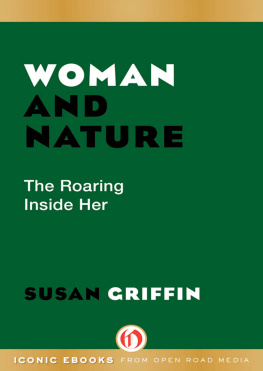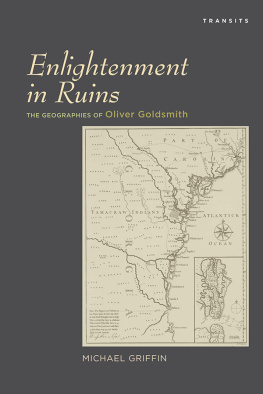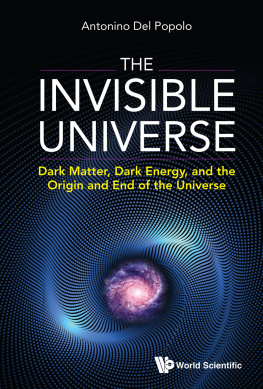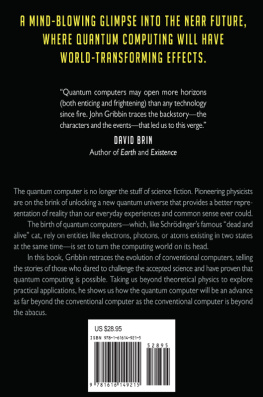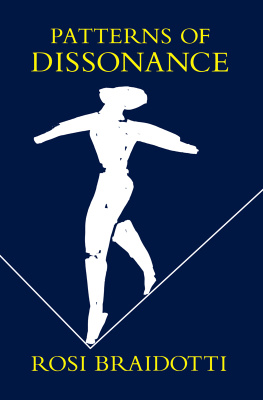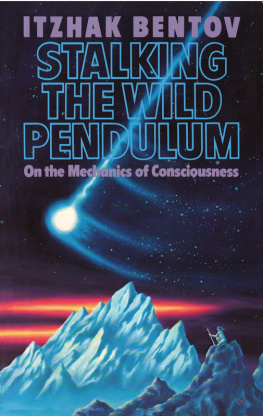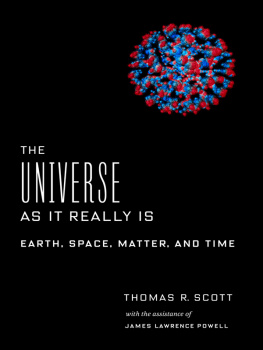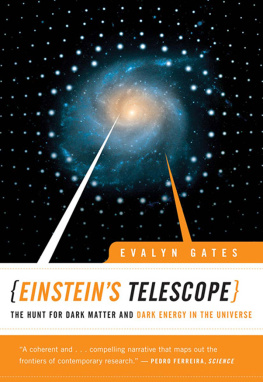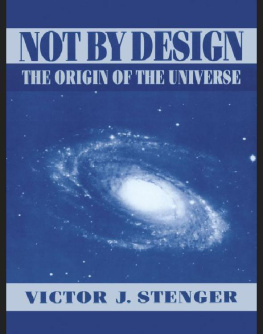Woman and Nature
The Roaring Inside Her
Susan Griffin

CONTENTS
Wherein mans ideas about nature and his attitudes toward women are revealed side by side and in historical order
In which he shapes this earth to his use
In which he makes the trees his own
In which he harnesses the elements
In which he domesticates the animals
And the domesticated speak
And the domesticated learn to please
And he makes her body over to his liking
Separation wherein he separates himself from woman and nature, and The Image wherein he makes woman and nature the object of his art, and Marriage wherein he makes woman and nature a part of himself
The Hunt whereby he captures her wildness, and The Zoological Garden in which she paces in her cage, and The Garden wherein he civilizes wilderness
Space Divided and Time Divided by which he guards time and space, and Silence which is recognized as her silence
What He Sees (The Art of It) wherein the method of his vision is examined, and The Anatomy Lesson wherein she has difficulty with his method, and Acoustics where the quality of his hearing is exposed, and Reason in which he calls her unreasonable, and The Argument wherein we see the separations in his argument
Childish Fear in which we remember his fear of the dark, and Speed wherein he speeds past what women and children fear, and Burial wherein he buries himself in her
Quantity in which he calculates existence, and Probability in which he determines the future, and Gravity in which the laws of the universe determine his fate
Prophets in which they warn us of the corruption of this earth, and Plutonium in which we accept their judgment, and Pollution wherein he poisons the world
Dream Life where his right hand and his left hand never meet, and Nightmares where we glimpse another future
In which he warns her with his vision of the universe
What had terrified him
We enter a new space. We enter a new time (The territory beyond his vigilance)
Our Flying, our Deviling, our Dancing, our Animals Familiar (What was kept secret from him)
We allow Turbulence and Cataclysm cannot be denied, and we say there are always Consequences (The universe he tried to deny)
The power he could not tame
Gravity, what we have had to do, and Numbers, what we will not do, and Naming, all that we cannot say, and The Possible, what the universe reveals (Of what no one can be certain)
We Visit Our Fears, we are transformed, and Erosion, we transform (What he failed to control)
Vision to know the being of another, and One from Another (The Knowledge) what passes between us, and Acoustics how we listen for signs (What he would not acknowledge), and Our Labor by which we continue
and The Anatomy Lesson her body reclaimed, and History what her hair tells us, and Memory what we know from her breasts, and Archives what is hidden in her vulva, and Letters what her clitoris says, and Records what is part of her womb
These words are written for those of us whose language is not heard, whose words have been stolen or erased, those robbed of language, who are called voiceless or mute, even the earthworms, even the shellfish and the sponges, for those of us who speak our own language, and this book is dedicated in love to Adrienne Rich for her friendship and for her words
PREFACE TO THE SECOND EDITION
Two decades have passed since I wrote Woman and Nature: The Roaring Inside Her. Measured against the scale of evolution, the time it took, for instance, for the first living cells to become trees or animals or human beings, twenty years seems like a very short period of time. Yet the book was written in the midst of a crisis that has deepened in the intervening years. When life as we know it hangs in the balance, even the smallest moments in time take on a greater weight.
The fate of the earth was on my mind twenty years ago. But I was more sanguine about it than I am now. The times were generally more hopeful thennot because the world was a better place but because the atmosphere was charged with vision. In 1974, as I began writing this book, many women and men in my generation were thinking about the manner in which we live and about how we might create a more just world. We were asking probing and insightful questions about race and sexuality, about violence and power, and in the process scrutinized the culture we had inherited for clues to how we might see differently and thus change.
In the mid-seventies, while teaching and writing, I became interested in an old, stereotypical notion about women. Woven everywhere into the tapestry of European art and literature and seemingly an inseparable part of most philosophical and scientific textseven embedded in the structure of European languagesis the assumption that women are closer to nature than men are. The notion is not intended as a compliment. In the hierarchical geography of European tradition, not only are human beings elevated above the rest of nature, but men are closer to heaven than women. In short, the idea that women are close to nature is an argument for the dominion of men.
During the most heady days of feminism, there were some who turned this idea on its head and argued that indeed women are closer to nature, a proximity making us superior to men. By the same token, the taxonomy of virtues through which men dominatethe capacity for reason and cool-headednesswas also reversed. Rationality itself became suspect, and passionate sensuality was enshrined.
I do not agree with the idea that women are closer to nature than are men in either its traditional or inverted form. Everything that exists on Earth, including rational thought, is part of nature. Thus, that one element would be closer to nature than another seems implausible to me. What does, however, seem very possible to me is that one gender may be more aware of being part of nature than another. And yet this difference in awareness must also be treated with subtlety. Today, largely due to the feminist movement, many more women are abandoning traditional feminine roles altogether and in some cases have become as divided from an awareness of natural process than any man. But even women who have a more direct knowledge of the stuff of earthly existence because they play traditional domestic roles are not born with this proclivity. They are shaped to it by society. As Simone de Beauvoir wrote in the midtwentieth century, A woman is not born she is made. And the same can be said for the tendency of some men not only to think of themselves as apart from nature but to place themselves at a distance from actual life processes. This behavior has less to do with genetics than with another tendency. When civilizations come to embody certain ideas through the influence of art, science, and institution, we who are the citizens of those civilizations come to resemble those ideas. As Oscar Wilde has written, Life imitates art.

